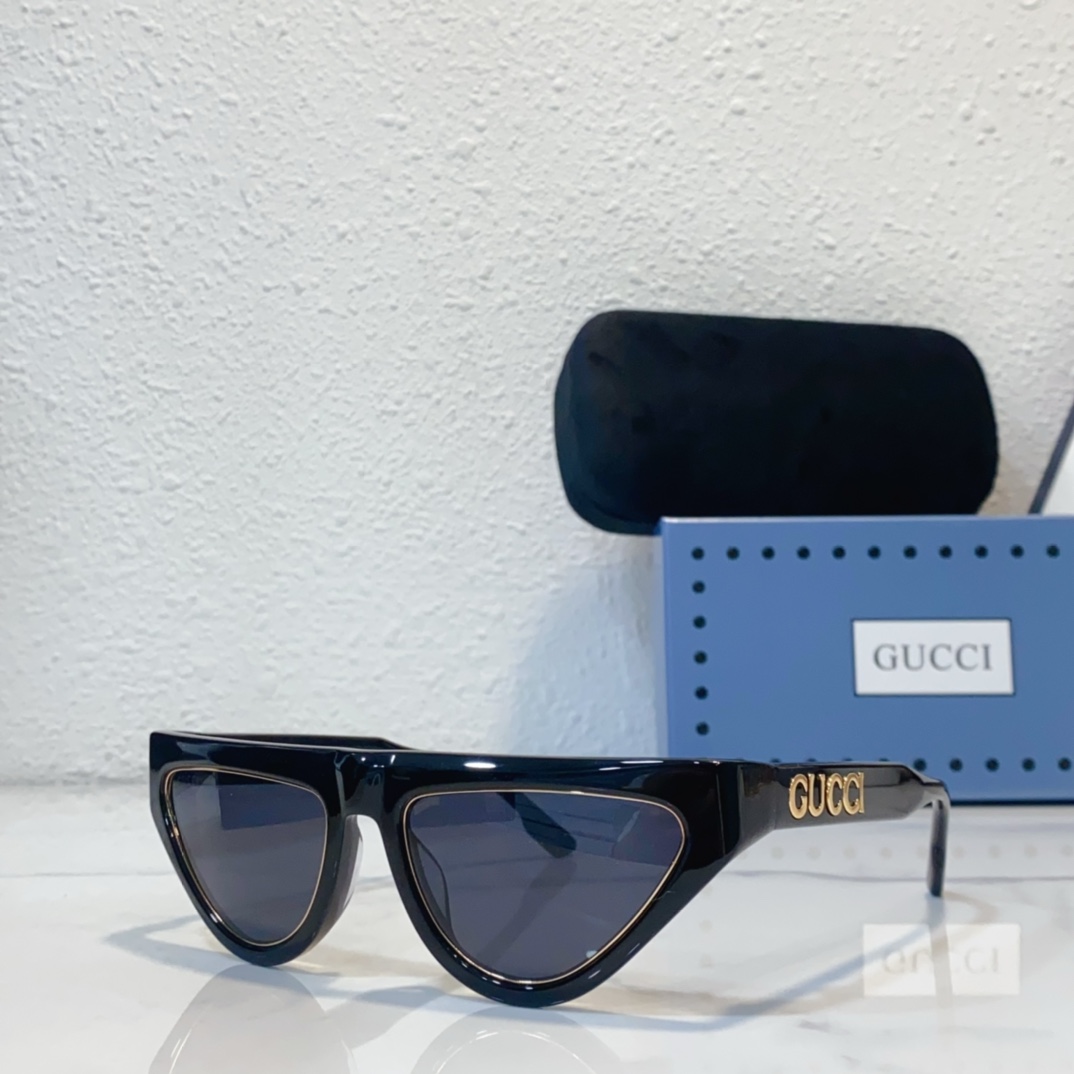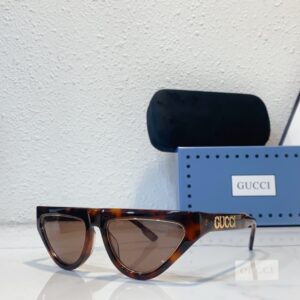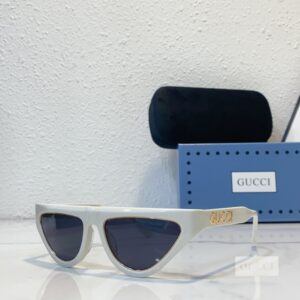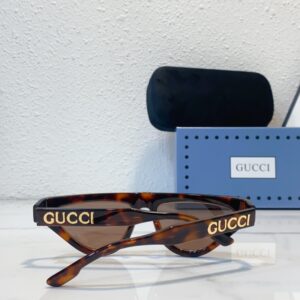Regional Preferences in Sunglasses Styles
Across the globe, different regions exhibit unique preferences when it comes to sunglasses styles, reflecting a blend of cultural identity, climate, and fashion trends. The varying tastes in eyewear serve as a window into the lifestyles and values of each region. For example, in Los Angeles, oversized frames have become a staple among trendsetters. This style not only provides a high level of UV protection appropriate for the sunny climate but also embodies the Hollywood glamour prevalent in the city. Larger lenses offer a bold statement, making them coveted accessories among celebrities and influencers alike.
Conversely, in Tokyo, minimalism reigns supreme. Japanese fashion prioritizes clean lines and simplicity, which is reflected in the sleek designs of sunglasses preferred by urban dwellers. The use of muted colors and subtle geometric shapes corresponds with the city’s overall aesthetic, where less is often considered more. Moreover, Tokyo’s emphasis on technological innovation has led to the emergence of smart sunglasses equipped with advanced features, catering to a tech-savvy population seeking functional yet stylish eyewear.
In Latin America, sunglasses often showcase vibrant colors and artistic designs, mirroring the rich cultural heritage of the region. Countries like Brazil and Mexico favor eyewear that incorporates local craftsmanship and bold patterns, making each pair a unique expression of cultural pride. This flair for color not only addresses the practical need for eye protection in sunny climates but also serves as a form of self-expression. The eclectic choices in sunglasses across Latin America highlight how local customs and social dynamics influence fashion preferences.
Ultimately, regional preferences in sunglasses styles reveal much about the interplay between climate, cultural identity, and fashion trends. Through understanding these distinctions, one gains valuable insights into how local lifestyles distinctly shape the choices people make in eyewear.
Cultural Significance of Sunglasses in Various Countries
Sunglasses transcend mere functionality, evolving into vital cultural artifacts that encapsulate the values and aesthetics of different societies. In many countries, sunglasses are not only worn for protection against the sun but also serve as a powerful symbol of status and elegance. For instance, in the United States, the popularity of oversized sunglasses gained momentum during the late 20th century, often associated with the glitz of Hollywood. Celebrities frequently sport large, bold styles, influencing public perception and making these sunglasses synonymous with affluence and allure.
Similarly, in Japan, sunglasses often reflect a unique blend of tradition and modernity, where they are sometimes viewed as a means of discretion. The cultural penchant for privacy encourages the use of sunglasses not just as a shield against sunlight but also as a way to maintain a certain distance in social interactions. Consequently, wearing sunglasses can convey an air of mystery, allowing individuals to engage with society under an ambiguous façade.
In Mediterranean cultures, such as those in Greece and Italy, sunglasses embody practical necessity due to the intense sunlight experienced in the region. Here, sunglasses often serve dual roles: a functional tool to protect the eyes and a fashionable accessory that enhances one’s style. Iconic aviators and chic cat-eye frames are common in these cultures, symbolizing a laid-back yet sophisticated lifestyle, particularly on sun-drenched beaches.
Moreover, the cultural significance of sunglasses can also be observed in social events and traditions. At festivals, outdoor gatherings, and weddings, sunglasses are frequently adorned, showcasing an individual’s fashion sense while also providing comfort. As such, the multifaceted role of sunglasses highlights their importance across different cultures, intertwining functionality with deeper societal meanings.
Notable Historical Figures and Their Sunglasses Choices
Sunglasses have transcended their functional use and evolved into a cultural symbol, in part due to the choices of several notable historical figures. From entertainers to political leaders, these individuals have embraced sunglasses, ultimately influencing public perception and trends throughout the years.
One of the most iconic examples is John Lennon, the legendary musician known for his role in The Beatles. Lennon’s preference for round-frame sunglasses not only signified his unique artistic identity but also popularized a style that resonated with the 1960s counterculture. His glasses became synonymous with the peace and love movement, providing a sense of rebellion against traditional norms. This choice of eyewear represented an era of artistic exploration and social change, giving rise to a fashion trend that remains appealing today.
Jackie Kennedy, the First Lady of the United States during the early 1960s, is another key figure whose sunglasses had a profound impact. Known for her effortlessly chic style, Kennedy favored oversized sunglasses that not only protected her from the paparazzi but also exuded glamour and sophistication. She was often photographed wearing these striking accessories, which quickly became a hallmark of her public persona. As a result, oversized sunglasses surged in popularity among women, embodying an aura of elegance that continues to influence fashion choices today.
Furthermore, athletes like James Dean and sports figures like Tom Cruise have also leveraged sunglasses as part of their public image. Dean’s signature wayfarer style blended coolness with a rebellious spirit, while Cruise has showcased various styles, from aviators to polarized lenses, enhancing the perception of sunglasses in the realm of sports and high-octane lifestyles. Each choice reflects the interplay of personal identity and cultural impact, highlighting how sunglasses have become more than mere accessories—they are essential elements of self-expression.
The Evolution of Sunglasses: From Function to Fashion
The history of sunglasses reveals a fascinating journey from a purely functional accessory to a prominent symbol of style and identity. Initially, sunglasses were developed primarily for protection against harsh sunlight and glare, with early iterations tracing back to ancient civilizations. For instance, the Inuit people utilized goggles made from materials such as wood or bone, equipped with narrow slits to reduce light exposure while maintaining visibility. Similarly, in China during the 12th century, flat panes of smoky quartz were fashioned into eyewear, serving both practical and judicial purposes.
With the advancement of technology in the 20th century, the sunglasses design underwent significant transformations. The introduction of UV-blocking lenses not only enhanced protection but also catalyzed new fashion trends. During the 1930s, sunglasses became increasingly popular among pilots, thanks to brands like Ray-Ban, which created aviator styles that balanced functionality with a sense of glamour. By the 1950s and 1960s, sunglasses became a staple in the wardrobes of Hollywood icons, with styles like oversized frames gaining traction. This period marked the transition from mere utility to a coveted fashion accessory.
The rise of polarized lenses and designer brands in the late 20th century dramatically shifted consumer perceptions, reinforcing the idea that sunglasses are not just for sun protection but also an integral part of personal style. Celebrities and pop culture reinforced these ideals, leading to trends such as the emergence of retro and distinctly shaped frames, which catered to varying tastes and preferences. As we look to the future of sunglasses, sustainability is coming to the forefront, with designers increasingly adopting eco-friendly materials and production methods. Additionally, innovations like smart sunglasses are set to redefine both functionality and style, ensuring that eyewear continues to reflect cultural significance into the coming decades.



